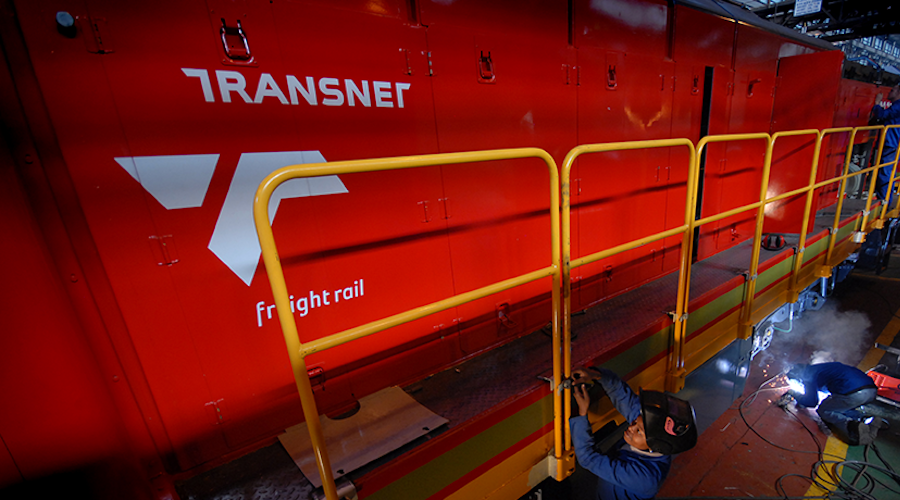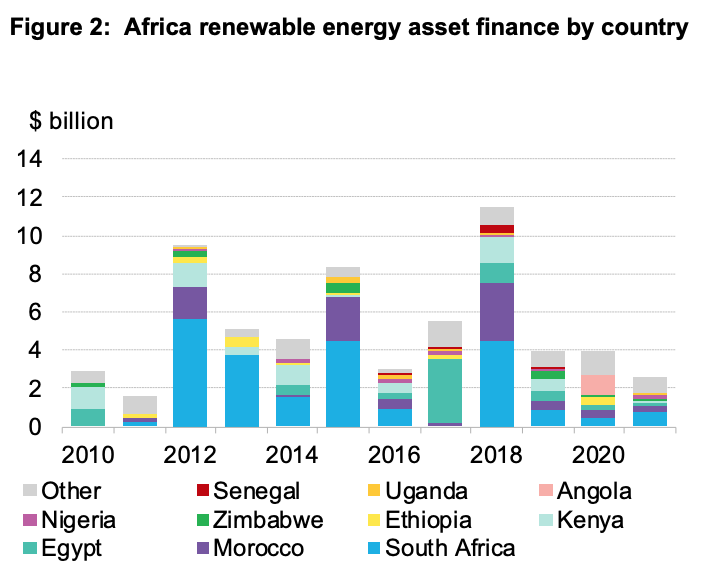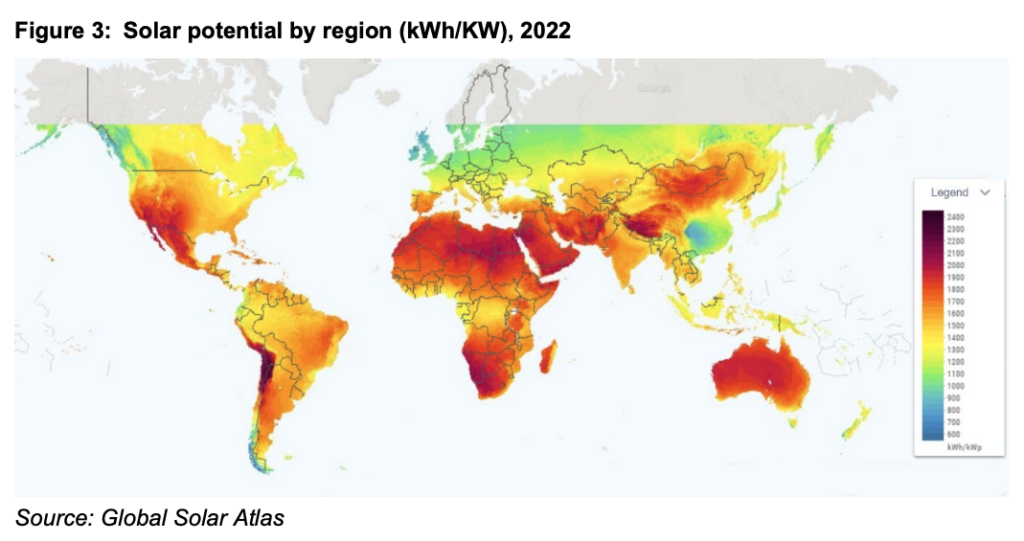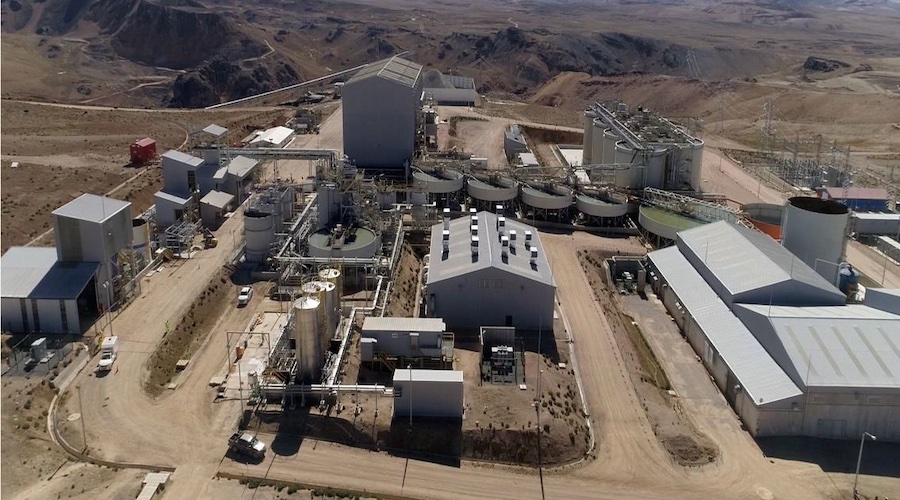Ontario auditor general gives eye-opening details of Laurentian University's insolvency and the fallout
Laurentian 'embraces' report, province pledges new
process for assessing universities' financial health
The Ontario auditor general's full report into Laurentian University's insolvency pulls back the curtain on the poor management and lack of transparency that propelled the school into new territory for publicly funded institutions.
The administration's unprecedented move to seek protection from creditors under the Companies' Creditors Arrangement Act (CCAA) on Feb. 1, 2021, allowed the university to continue operating while sorting out its financial situation. It ultimately cost 195 people their jobs — 116 of them faculty and 79 staff and senior administrators.
In the report released Thursday, Auditor General Bonnie Lysyk said the elimination of 76 programs affected the academic and career plans of an estimated 932 students.
She said the termination of long-held agreements with three federated universities in Sudbury meant a further 146 people lost their jobs.
Financial difficulties started prior to 2010
Lysyk said while there were other contributing factors, she put the primary blame for the university's financial collapse on a failed "build it and they will come" philosophy that started with a poorly planned and costly capital expansion at a time in 2010 when the university was already facing financial difficulties.
Lysyk said between 2010 and 2020, financial indicators showed Laurentian's situation was deteriorating, yet it decided to expand and upgrade its facilities and programs to increase enrolment, donations and research grants with no documentation showing it had a viable financial plan.
She said that in 2010, with debt levels rising, the university amended its capital debt policy to make it less restrictive.
From 2009/2010 to 2019/2020, Laurentian pursued six major capital projects that cost $168 million, including building the East Residence, a cardiovascular and metabolic research lab, the school of architecture, and campus modernization without adequate evidence or analysis to justify the investments.
The poor management of the university's financial affairs and operations was allowed to continue because of weak board governance and ministry oversight.- Bonnie Lysyk, Ontario's auditor general
"As the university began to amass more than $87 million in debt to pay for this capital expansion, the senior administration exacerbated the situation by making a series of questionable financial and operational decisions, including amending its internal policies to allow it to incur even more debt and increasing its senior administration's costs," Lysyk wrote.
"The poor management of the university's financial affairs and operations was allowed to continue because of weak board governance and ministry oversight."
Lysyk found that even as the university embarked on ill-advised major capital projects, it was paying bonuses to the person who proposed them.
"Laurentian's president and vice-chancellor (president) from 2009 to 2017 was given merit pay awards tied to pursuing the very capital projects that became significant contributing factors to the university's financial difficulties," the report said.
She noted the board approved maximum bonuses for the president of $14,000 each for completion of major capital projects like the architecture school and campus modernization, even though they weren't completed on time.
Breach of legislation
Lysyk made special mention of the costs associated with Laurentian's senior administration. She said they climbed by about 75 per cent between 2010 and 2020, worsening the university's financial difficulties. They were also in contravention of the province's rules on the issue.
"We also found that Laurentian breached provincial compensation-restraint legislation for broader public sector employees, compensating senior administration $389,000 more than legislation permitted, and that its recruitment of senior administrators lacked demonstrable fairness or rationale," she wrote.
Other points included in the report:
- Laurentian incurred costs of $2.4 million on special advisers to the president and other senior administrators without documented justification, and $1.4 million in discretionary expense funds for senior administrators.
- For the 11-year period up to April 30, 2021, Laurentian also spent $8.5 million in legal costs. Of this, $3 million was for CCAA preparations and $5.5 million was for non-CCAA related legal expenses (including $3.4 million for human resource and labour relations issues).
Unsegregated funds
Lysyk said as Laurentian's financial situation grew more dire, it turned to what it called "internal financing," which included an account into which funds, including employees' retirement health benefits and research money, were commingled with other funds.
She said although Laurentian spent some of the research money on capital projects, it still had a financial obligation to cover the research costs for which the funding was provided. As of April 30, 2021, that obligation amounted to $36.5 million.
Lysyk said $73 million in donations were also not segregated and may have been spent for unintended purposes. The university began segregating donor funds on Dec. 21, 2020.
The auditor general targeted poor board and senate oversight and lack of monitoring by the province as additional factors that allowed Laurentian to sink ever deeper into financial instability, and described how external advisers steered the sinking ship toward the CCAA.
The report said Laurentian's senate, which is responsible for academic matters, "did not routinely assess the financial sustainability of its individual program offerings."
"In March 2020, Laurentian began to consult with external counsel specializing in insolvency litigation who had raised the concept of CCAA with the University a year earlier, while providing other services," Lysyk wrote.
"Senior administration began planning for and initiating steps toward a CCAA filing, with its external legal counsel selecting the accounting firm of Ernst & Young (EY) to support that process."
Further, Lysyk said, the university hired three in-house government relations advisers who worked to lobby for provincial and federal government support, but has not filed any lobbying registrations since 2010, which may be a breach of legal requirements related to lobbying.
External advisers suggested insolvency
As the clock ticked toward insolvency, as late as the end of November 2020, Lysyk wrote that "board members were voicing concern that Laurentian's leadership had not made reasonable efforts to pursue options outside of CCAA, such as negotiations with the faculty union or seeking financial support from the government. They described Laurentian's insolvency lawyers as 'giddy with excitement to try something new.'"
Lysyk is making a number of recommendations to Laurentian's board of governors and senate to improve accountability and transparency, as well as to the Ministry of Colleges and Universities and the Office of the Integrity Commissioner of Ontario to ensure no other university finds itself in Laurentian's position.
The ministry said it is taking action.
"As an immediate step, the ministry is putting in place a new, robust process for assessing the financial health of universities and, in addition, will take appropriate measures to work with any institution that is facing financial concerns," it wrote in response to the report.
Lysyk said Laurentian's actions will have long-term effects, not only on itself and in Sudbury, but at other universities across the province.
"The longer-term implications of the CCAA filing are still playing out," Lysyk wrote in her summary.
"The loss of jobs and students will undoubtedly affect the economy of Sudbury, where Laurentian is one of the largest employers. The use of CCAA proceedings could make it more difficult for Ontario universities to acquire debt, or to hire and retain faculty. Quantifying the reputational damage to Laurentian has been more difficult, but one development was telling: as of mid-January 2022, high school student applications to Laurentian had dropped by nearly 44 per cent."
Laurentian welcomes recommendations
In a statement to the media, Laurentian said it "embraces" Lysyk's recommendations.
"It is now incumbent on us to learn from her advice and, most importantly, accept and implement each of her recommendations," said Jeff Bangs, chair of Laurentian's board of governors.
"When combined with the external operational and governance reports the university has already obtained — and the commitments made to its stakeholders through the plan of arrangement — the university has a strong foundation to make much-needed changes and ensure the mistakes of the past are never repeated."













